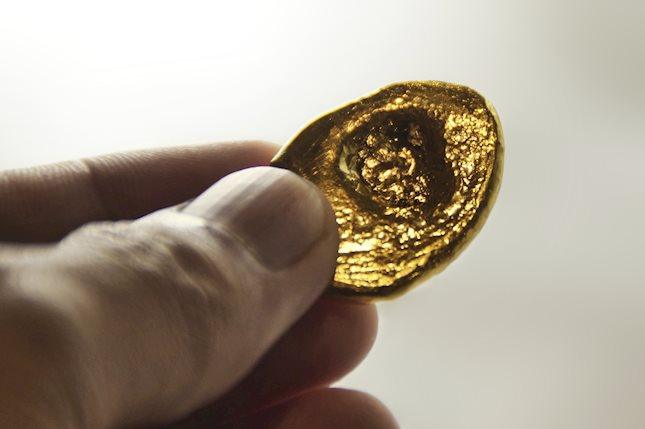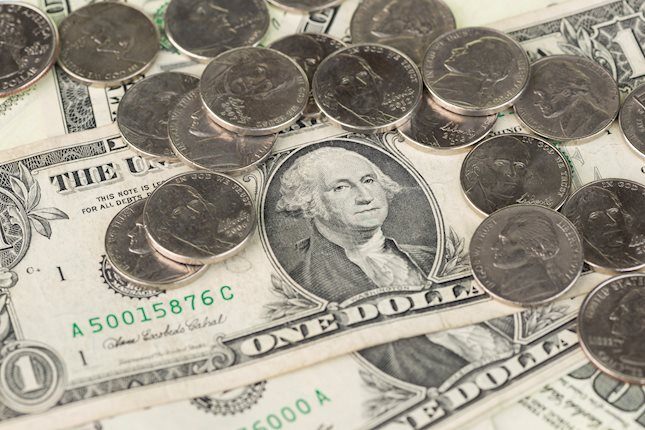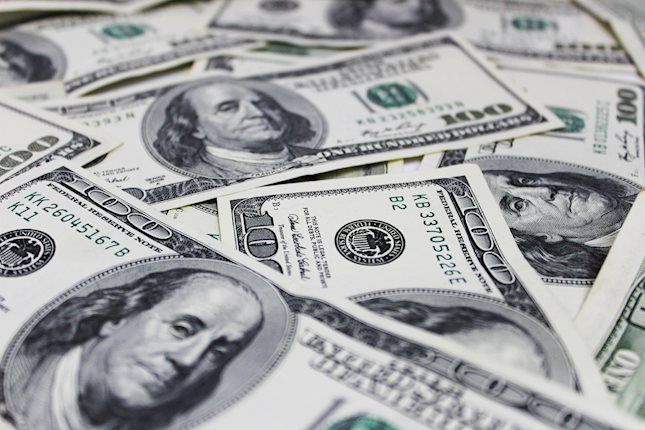US Dollar tests weekly lows with investors bracing for US PCE inflation
- The US Dollar is losing steam ahead of the release of the US PCE Price Index report.
- A moderately hawkish BoJ Governor Kazuo Ueda and higher inflationary pressures in the Euro Area have weighed on the USD.
- Failure to break the 104.55 resistance has brought 103.90 support into focus.
The US Dollar Index (DXY) edges down on Thursday, extending the mild losses seen over the last four sessions. Still, the US Dollar (USD) remains near three-month highs and is on track to close its best monthly performance in more than two years.
US macroeconomic data continues endorsing the rhetoric of a strong economy in a period of global slowdown, which gives the USD a competitive advantage against the rest of the major currencies.
The ADP employment report beat expectations on Wednesday, easing concerns about a deterioration of the labour market and improving investors’ expectations about Friday’s Nonfarm Payrolls (NFP) report.
Daily digest market movers: The US Dollar extends losses following a pick up on Eurozone inflation
- Eurozone Consumer Prices Index (CPI) data for October has revealed higher-than-expected inflationary pressures. This, combined with the positive surprise in the Q3 GDP, has dampened hopes of aggressive interest-rate cuts by the ECB, providing some support to the Euro (EUR).
- The Bank of Japan (BoJ) kept interest rates unchanged on Thursday but Governor Kazuo Ueda signaled further monetary normalization if conditions are met. This has given some oxygen to a battered Japanese Yen (JPY), adding pressure to the USD.
- The US ADP Employment showed a 233K increase in private-sector payrolls in October, well above the 115K expected. September's reading was revised up to 159K from 143K.
- Q3 US Gross Domestic Product data, also released on Wednesday, missed estimates with a 2.8% annualized growth. The figures fell short of the 3% expected but they are still consistent with a solid economy.
- Wednesday’s data bolstered the case for gradual easing by the Federal Reserve (Fed) but did not add anything new to significantly alter the outlook about the future path of interest rates. The immediate positive impact on the Dollar faded shortly afterward.
- The Personal Consumption Expenditures (PCE) Price Index, the Fed’s inflation data of choice, is expected to show that price pressures continued to ease, with the core reading down to 2.6% yearly from 2.7% in September. The data will be published at 12:30 GMT.
- The main attraction will be Friday’s Nonfarm Payrolls (NFP) report, which is expected to show a significant decline in new payrolls. If these figures are confirmed, the US Dollar could correct further.
DXY technical outlook: Approaching support area at 103.90
The DXY index maintains its bullish bias intact but failure to break the resistance area above 104.55 has increased the bearish pressure, sending prices to test the bottom of the recent range at 103.90.
The 4-hour Relative Strength Index (RSI) shows a bearish divergence, and price action has crossed below the 50-period Simple Moving Average (SMA). These are negative signs. Further depreciation below 103.90 would confirm a deeper correction and bring 103.40 into focus. Resistances remain at at the 104.55-104.75 area and 105.20.
Inflation FAQs
Inflation measures the rise in the price of a representative basket of goods and services. Headline inflation is usually expressed as a percentage change on a month-on-month (MoM) and year-on-year (YoY) basis. Core inflation excludes more volatile elements such as food and fuel which can fluctuate because of geopolitical and seasonal factors. Core inflation is the figure economists focus on and is the level targeted by central banks, which are mandated to keep inflation at a manageable level, usually around 2%.
The Consumer Price Index (CPI) measures the change in prices of a basket of goods and services over a period of time. It is usually expressed as a percentage change on a month-on-month (MoM) and year-on-year (YoY) basis. Core CPI is the figure targeted by central banks as it excludes volatile food and fuel inputs. When Core CPI rises above 2% it usually results in higher interest rates and vice versa when it falls below 2%. Since higher interest rates are positive for a currency, higher inflation usually results in a stronger currency. The opposite is true when inflation falls.
Although it may seem counter-intuitive, high inflation in a country pushes up the value of its currency and vice versa for lower inflation. This is because the central bank will normally raise interest rates to combat the higher inflation, which attract more global capital inflows from investors looking for a lucrative place to park their money.
Formerly, Gold was the asset investors turned to in times of high inflation because it preserved its value, and whilst investors will often still buy Gold for its safe-haven properties in times of extreme market turmoil, this is not the case most of the time. This is because when inflation is high, central banks will put up interest rates to combat it. Higher interest rates are negative for Gold because they increase the opportunity-cost of holding Gold vis-a-vis an interest-bearing asset or placing the money in a cash deposit account. On the flipside, lower inflation tends to be positive for Gold as it brings interest rates down, making the bright metal a more viable investment alternative.
Forex News
Keep up with the financial markets, know what's happening and what is affecting the markets with our latest market updates. Analyze market movers, trends and build your trading strategies accordingly.















